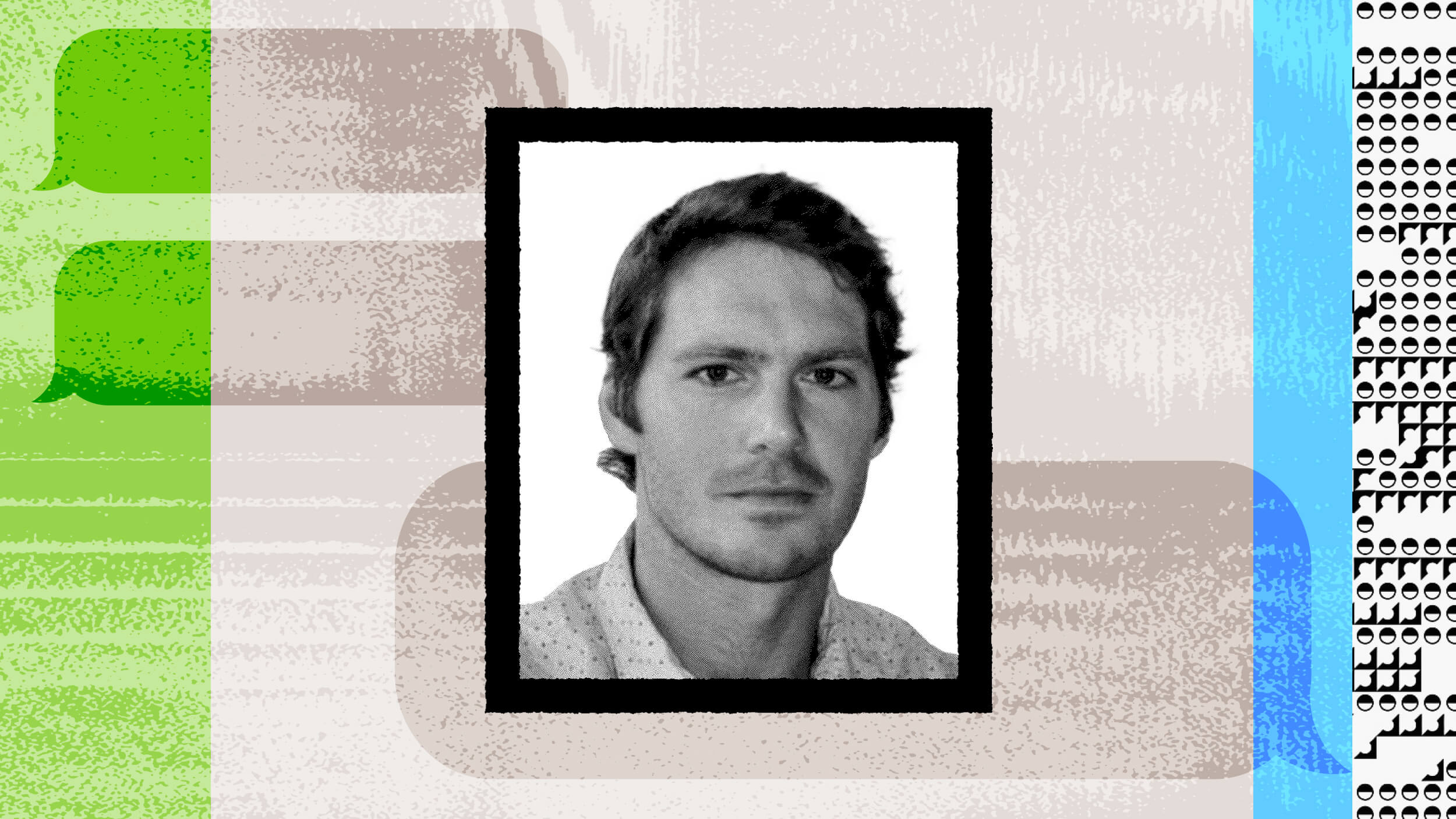Hygge and Friluftsliv Are More Than Trends—They’re Philosophies

There is no end to philosophies on living a good life, just as there is no end to those wanting to sell you a program for doing so, in the form of a book or through coaching. The world moves so fast, the story goes, and so we need to reconnect with nature. Forest bathe. Long walks. Declutter. Meditate.
Not that I’m disagreeing with such practices. I like the philosophy of slow food even if I find taking eighty bites challenging and tedious. Long walks in the woods? Whenever I can. Meditation? A little every day, some days more successfully than others. Relaxing our pace is necessary. In a world of perpetual marketing I often remind myself the discipline does not depend upon the salesman.
Few cultures have put forward a lifestyle as chillaxing as the Danes. In 2016 hygge, a word that means “a form of everyday togetherness” in both Danish and Norwegian, was the runner-up word of the year in Collins English Dictionary. (It lost to the anxiety-ridden Brexit.) The general idea is to create cozy atmospheres in order to promote well-being—KonMari sans mystical obsessiveness.
A lifestyle, of course, is a way of being that accrues benefits over time. Yet in our trendy world of “next best thing” Vogue has already announced that the hygge phenomenon is waning. Cozying is for cold months; we now want something for the swelter. And the winner is friluftsliv.
Friluftsliv was dreamed up by Norwegian playwright Henrik Ibsen in an 1859 poem. It translates as “free air life.” Like forest bathing—you’ll find the most information about it on shinrin-yokuwebsites—the concept promotes well-being through activities like camping and hiking. TheGuardiansays there’s a bit more to it:
Practitioners say it’s more complex than that, and though it covers everything from walking and dancing outdoors to sleeping under the stars, it is in some profound way about communing with nature.
This is where snark is pushed aside for the reality of engaging with the environment. I’ve lived in cities my entire adult life: New Brunswick, Hackensack, Jersey City, Brooklyn, and Los Angeles, all places that make it quite easy to avoid nature. Fortunately growing up in a New Jersey suburb offered me access to somewhat rural regions of East Brunswick and Monroe, while working in Princeton as a reporter pushed me deep into South Jersey. I’ve done my best to stay connected with the actual earth, and not only on surfaces we’ve laid over it, whenever possible.
Los Angeles is certainly easier to accomplish this in than Brooklyn, considering you can’t miss the mountains or ocean. Yet still I come across people who live blocks from the Pacific whose feet never touch sand. Topanga State Park is only 15 minutes away and many—most—never climb up it. When roads are paved and climate is controlled with buttons Americans default to the path of least resistance. Yet we have much to learn from our Nordic friends.
Being an urbanite does not by necessity equate to sticking to level ground. One blogger puts it this way:
Although only 20% of Norwegians live in rural areas, even those who reside in large cities such as Oslo are surrounded by parks, woodland and fjords. It’s said that you only have to walk for an hour out of a city centre to be surrounded by wilderness.
Few people walk in Los Angeles, which is part of the problem. If it’s not part of your everyday it’s going to be hard to inspire longer versions of what you never do to begin with. Another problem is the lack of public parks in LA, a phenomenon Malcolm Gladwell takes to task in the first episode of the second season of his podcast, Revisionist History.
What’s missed in the selling of the lifestyle instead of the living of it is that nature takes work. Our ancestors didn’t always enjoy loafing on riverbanks and in trees. They were battling their environment every step of the way. In some parts of the world that’s still the case. Yet in leisure cultures we’ll take a hike provided we don’t have to work that hard or drive that far to get to it. And that’s a tragedy.
I’m a fan of cities. I like the diversity of people who live in them. I prefer to live in so-called blue districts for the simple fact that a chorus of voices and nations are represented in them. But it’s too bad that for the most part these areas are filled with buildings and roads and cars and excessive populations. There are plenty of trees in my hood, but let’s be honest: trees don’t naturally grow from two-foot wide strips of sod wedged between roads and sidewalks.
Adopting a trend is vastly different than living a lifestyle, and it’s hard to push against the grain of your immediate surroundings. Part of the key is finding people supportive of outdoor culture, which for me means annual trips to Portland and the Oregon Coast to soak in a tribe that lives for climbing tall surfaces. Emma Lavelle, the blogger from above, finds the same sense of purpose in Norway:
There’s also a general ethos of wellbeing that is ingrained in Norwegian society. It’s understood how being among nature can reduce stress, boost creativity and increase happiness; exercising outdoors is actively encouraged. Flindall talks about how family activities and socialising within work are centred on friluftsliv.
While publishers are battling over whether hygge or friluftsliv will sell more high-end coffee table books, the benefits of well-being accumulate from practicing the philosophy, not reading about it or presenting it for others to see. What matters is living it, not declaring it a lifestyle that will only be usurped by another next season.
There’s irony in even calling “the outdoors” a lifestyle, considering it’s where we all originate. Of course we’re happier and healthier in an environment that birthed us. Time to turn off the screen and return to where we belong.
—
Derek’s is the author of Whole Motion: Training Your Brain and Body For Optimal Health. Based in Los Angeles he is working on a new book about spiritual consumerism. Stay in touch on Facebook and Twitter.





